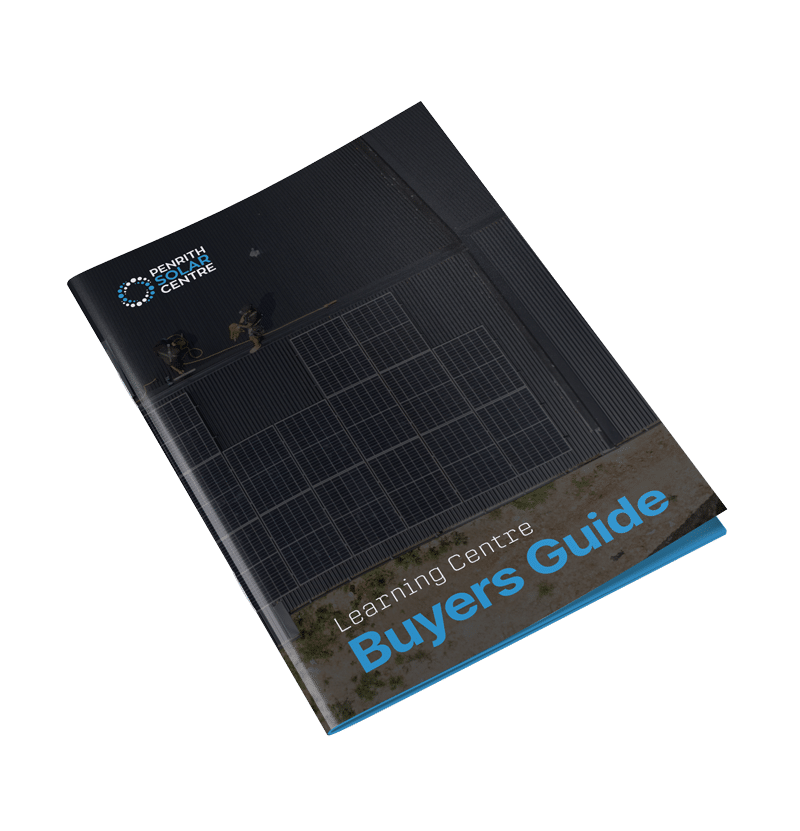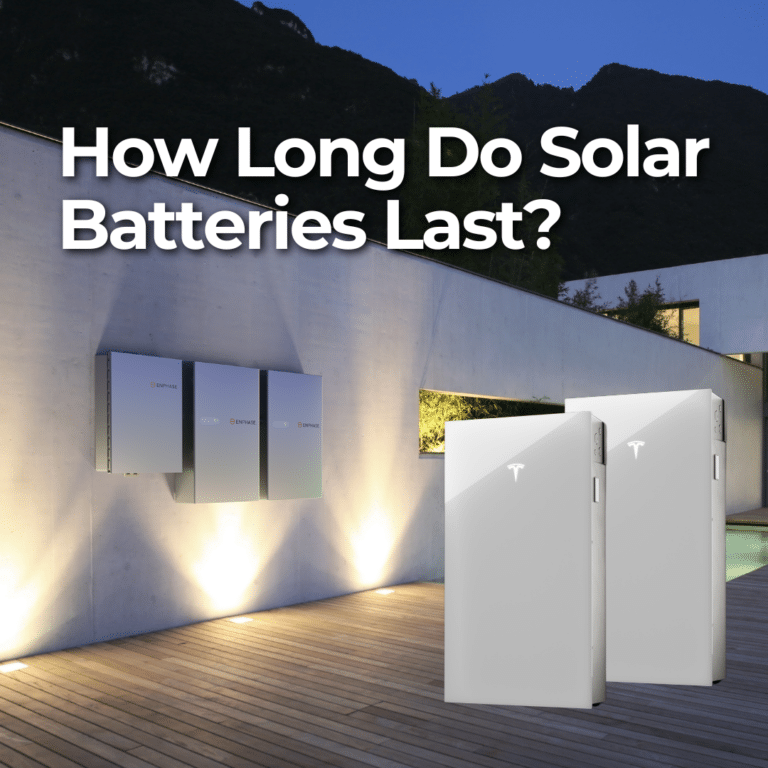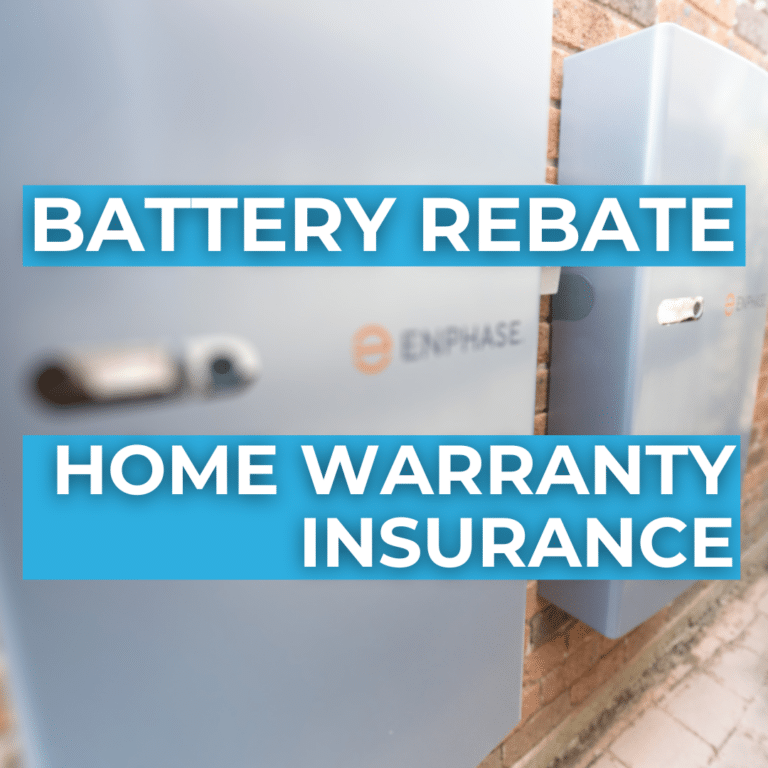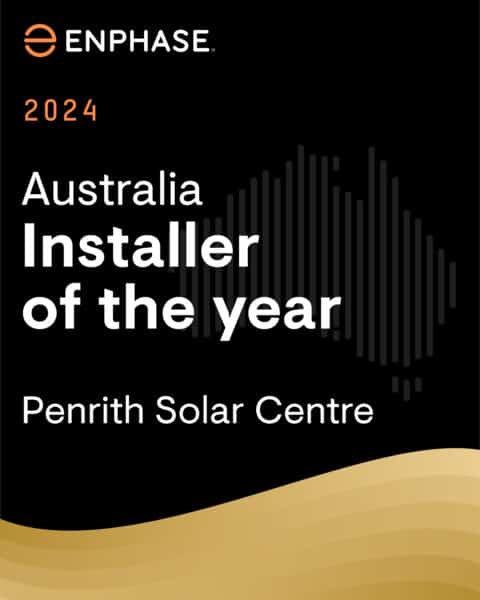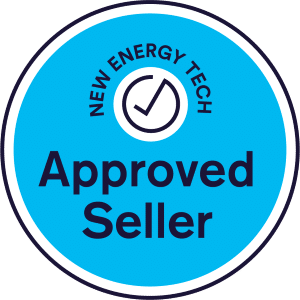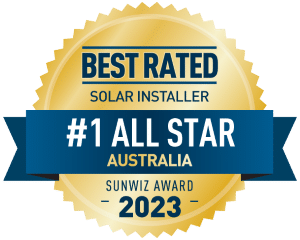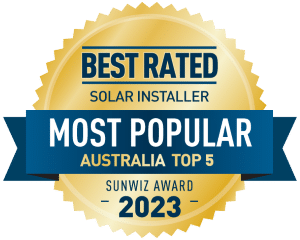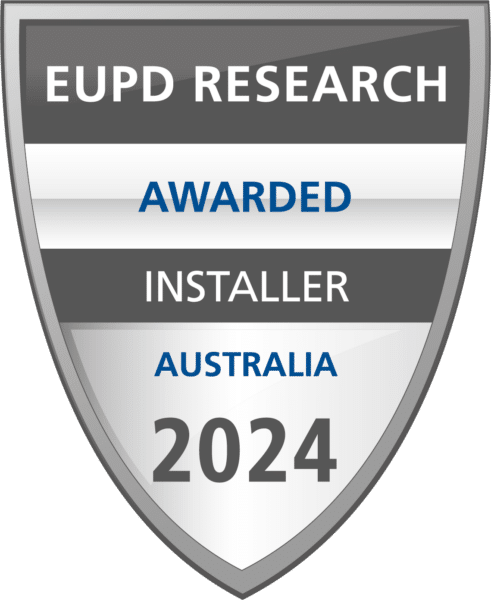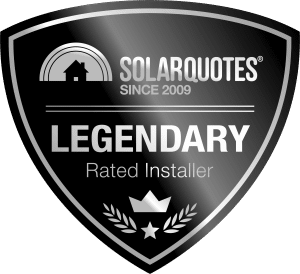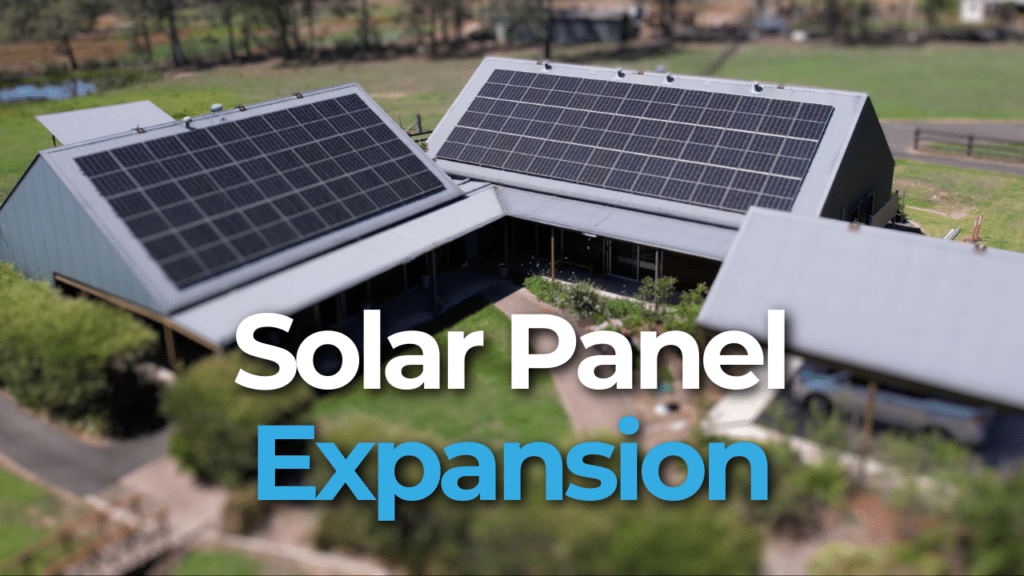
A common misconception in the solar industry today is that you can put on a string inverter system and, down the track, actually expand that string inverter system.
The reality is that when you do expand that string inverter system, you’re not really adding onto it, you’ll be bolting on a whole second system to your current setup.
At Penrith Solar Centre, we comprehensively understand every aspect of solar installations. After all, we do it all day every day. String systems have many advantages, as do microinverters, but only one is truly expandable.
In this article, you’ll learn the following:
- The Myth of String Inverter Solar Panel System Expansion
- Enphase Microinverters: The Only Truly Expandable Solar Panel System
- Why Optimisers Are Not Truly Expandable
- The Hidden Costs of Expanding Your Solar Panel System Later
- Why Filling the Roof with Solar Panels Is the Smartest Choice
Now, that might not seem like a huge problem. But let’s talk about what actually happens when you try to expand a string inverter system.
The Myth of String Inverter Solar Panel System Expansion
People installing string inverters often assume they’ll be able to expand their system later. But installers don’t design them that way. Even if someone tells you the system is expandable, they’re going to install a string inverter that suits that array at that time.
And for good reason: when you pair your panels to your inverter properly, your system runs at its most efficient power point.
But let’s say you decide to expand. Here’s what you’re in for:
Brand & Compatibility Issues: Are you going to get the same brand? Will the new panels and inverter communicate with the old system? Probably not. New solar panels are released from manufacturers every six months.
Efficiency Drops: Even if you manage to add panels, if they’re not an exact match to your original system, efficiency suffers. All panels drop to match the lowest performing panel and panel mismatch prevents the new ones from optimising their output.
A Second System: You won’t actually be expanding your first system; you’ll be installing a whole new system next to it because you won’t be able to find matching panels.
More Hardware, More Costs: New inverter, new wiring, new monitoring setup. Double the components, double the points of failure.
If you’re interested in learning more about how a microinverter system performs against a string system like Powerwall 3, you might want to check out the following article titled, Enphase Microinverters vs. Tesla Powerwall 3: Which Solar Panel System is Right for You?
Enphase Microinverters: The Only Truly Expandable Solar Panel System
Now, let’s talk about the only solar system that can truly expand over time: Enphase microinverters.
Each panel in an Enphase system has its own dedicated microinverter, which means:
Independent Operation: Each panel works on its own, so adding new ones doesn’t interfere with the rest of the system.
Seamless Expansion: There’s no need for a second system, second inverter, or extra monitoring. Just plug in more panels.
Retains All System Components: Same Envoy, same relays, same iBoard – just add microinverters and panels as needed.
If you only need to add one or two panels, it’s easy. The existing trunking cable can even be used.
If you’re adding a whole bank of panels, you’ll run a new cable, but it still integrates into the same system. No fragmentation. No inefficiencies. Just a bigger system that works seamlessly.
If you’re interested in learning a bit more about how microinverters compare to string inverters, you might want to check out the following article titled, Microinverters vs. String Inverters: A Transparent Comparison.
Ready to go solar? Click here.
Why Optimisers Are Not Truly Expandable
Some people argue that systems with DC optimisers offer an expandable option. But let’s break that down:
String Inverter Bottleneck: The system is still limited by the single inverter.
Upgrade Costs: If you want to expand properly, you’ll need a larger inverter. So, what do you do?
- Rip out your existing inverter and install a bigger one. This is expensive.
- Add another inverter next to the first? Now you have two points of failure, plus you’re running out of wall space.
Wall Real Estate Becomes an Issue: With battery storage becoming more common, wasting space on multiple inverters doesn’t leave a lot of room for a battery.
The simple truth? DC-optimised systems still rely on a centralised inverter, which limits future expansion.
If you’re interested in learning a bit more about the difference between microinverters and DC optimisers, you might want to check out the following article titled, Microinverters vs. DC Optimisers: Which Is Better?
The Hidden Costs of Expanding Your Solar Panel System Later
Thinking about expanding later instead of installing a larger system upfront? Consider this:
Labour Costs Will Increase: When you install solar, you’re hiring a skilled trades team for a full day’s work. Expanding later means paying for labour all over again, and in a few years, labour costs will be higher than they are now.
Aesthetics Suffer: Panels change every 6 – 12 months. It’s unlikely you’ll find the exact same ones when you expand, which means your roof will have mismatched panels.
More Components, More Problems: Adding a second inverter means double the potential for issues, failures, and replacements.
If you know you’ll need more power in the future, going big upfront is almost always the better financial decision.
If you’re interested in learning a bit more about how microinverters compare to string inverters from a cost point of view, you might want to check out the following article titled, Cost of Microinverters vs. Cost of String Systems.
Power up your savings. Click here.
Why Filling the Roof with Solar Panels Is the Smartest Choice
Some homes don’t have the option for future expansion because there’s only so much roof space to work with. If that’s you, the best approach is to maximise your solar production from day one.
More Panels = More Savings: The more solar you generate, the less you rely on the grid.
Better Payback Period: The faster you pay off your system, the sooner you start saving. A high-quality system can pay for itself in as little as three years.
Home Stays Cooler: A full solar array reduces heat absorption, helping keep your home cooler in summer.
Evolving Energy Needs: The fully electric home will soon be here in Australia. Electric appliances are one thing, but how will your solar perform when you bring home your first electric car? You might want to add more power to charge that new EV.
If you’re interested in learning a bit more about solar payback periods, you might want to check out the following article titled, What is the Payback Period for Solar Panels in Australia?
Making the Right Choice for Your Home
So, what should you do?
- If you want future flexibility, Enphase microinverters are the only real option.
- If you know your energy needs will grow, filling the roof upfront is the best financial decision.
- If you don’t want to deal with a complicated expansion, designing your system properly from day one saves time and money.
At PSC, we don’t just sell solar, we design systems that work for you now and in the future. Whether you want to go big now or safeguard seamless expansion later, we’ll help you make the right call. It’s what we do.
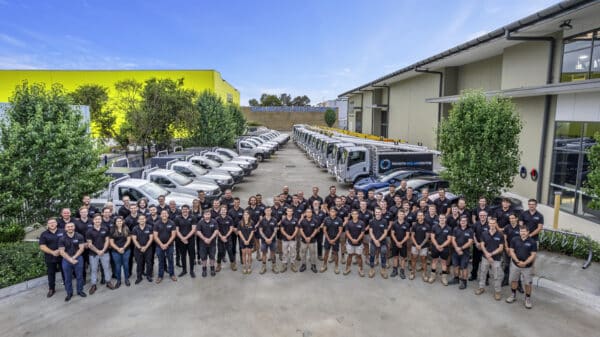
If you’re interested in learning about the rebate for solar, you might want to check out the following article titled, Understanding the Federal Government Solar Rebate in Australia: The STC Scheme in 2024
